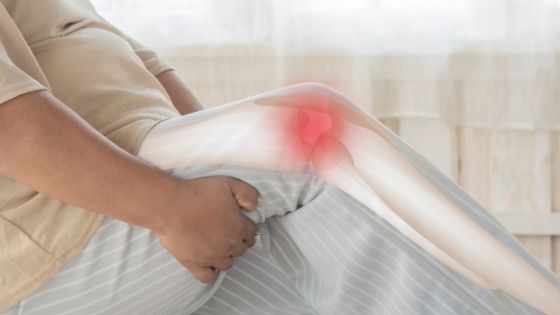Musculoskeletal health concerns are growing more common in Australia, with almost 1 in 3 (30%) Australians experiencing at least 1 musculoskeletal condition in 2019 (sourced from the Australian Institute of Health and Welfare). To combat this problem, health professionals and researchers are conducting clinical trials to gather new information on musculoskeletal symptoms, causes and treatments.
Clinical trials are usually conducted by large health and education institutions (such as universities) and are often open to the public. Keep reading for more information about current clinical trials in Australia and where you can find them.
How can you participate in a clinical trial?
Keep your eyes open for announcements from institutions looking for volunteers for their clinical trial. These announcements will usually be posted online on the institution’s website, such as on their ‘news’ webpage.
Depending on the research topic and the internal rules of the institution, volunteers may also need to meet eligibility requirements such as:
- Being over 18 years of age
- A history of musculoskeletal chronic pain (six months or more)
- Having a thorough understanding of the English language
- Being available to attend in-person interviews during specified time frames
If you are looking to participate in a specific institution’s clinical trial, or would simply want to browse recruiting and ongoing trials, Australian Clinical Trials may be able to help. Their ‘Search for a Clinical Trial’ resource can help you categorise clinical trials by their health focus, as well as pinpoint specific health institutions by names for you.
What are some examples of clinical trials?
A few recent examples of musculoskeletal health-related clinical trials include:
- Macquarie University’s WalkBack Trial program. Funded by the National Health and Medical Research Council, (NHMRC) the WalkBack Trial provides research participants with individualised walking and education programs for the prevention of lower back pain. The clinical trial is open to individuals who have experienced an episode of lower back pain in the last six months.
- Deakin University’s Chronic Lower Back Pain Study. Participants of the clinical trial were split into two groups, with one group receiving manual therapy and muscle control treatment at a physiotherapy centre for six months, while the other received spine and general physical conditioning exercise. Participants were tested with MRI-imaging every three months to confirm the effects of the two care methods and comparisons were made.
- The University of Sydney’s Clinical Trial for Sufferers of Lower Back Pain. This clinical trial used text messages to communicate information about lower back pain to participants. Participants were also asked to complete online questionnaires at the beginning of the trial, as well as at three, six, and 12 months into the study.
According to the World Health Organisation (WHO), approximately 1.71 billion people have musculoskeletal conditions worldwide. Additionally, The Global Burden of Disease Study 2016 (as published in The Lancet) ranked the most common causes of disability. Back and neck pain are the leading causes of this pain burden.
As such, it is important for medical professionals and researchers to conduct clinical trials to discover new treatments to musculoskeletal health concerns, as well as improvements to diagnosis and prevention methods.
With predictions that musculoskeletal pain and disability are set to increase over the next few decades, clinical trials and other research methods are becoming integral to the health space. You can assist the health space by becoming a research volunteer at a clinical trial, or by contacting your local health practitioner to find out more.




















